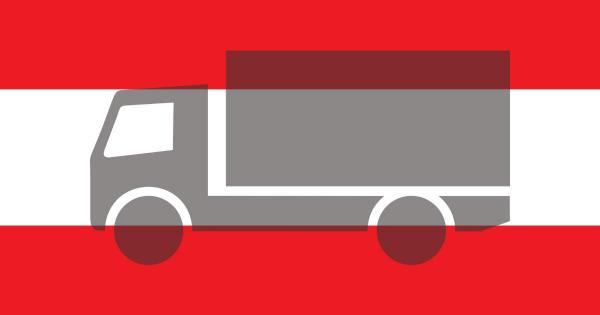
Austria: temporary closure of the Katschberg Tunnel on the A10 Tauern Motorway. No detour for trucks.
On Saturday, 11 October 2025, the Katschberg Tunnel on the A10 Tauern Motorway will be temporarily closed from 18:00 to 00:00 due to rescue drills involving ASFINAG, local authorities, emergency services, the fire brigade, and the police.
Passenger vehicles will be diverted between the Rennweg and St. Michael im Lungau junctions onto the B99 Katschberg federal road. Trucks will not be able to use the detour and must wait until the tunnel reopens before continuing their journey.
The exercise scenario includes a coach accident with injured passengers and subsequent collisions inside the tunnel. The main focus is on rescuing people, ensuring efficient communication procedures, and familiarity with the site. Such drills are mandatory and are regularly conducted in all tunnels managed by ASFINAG.
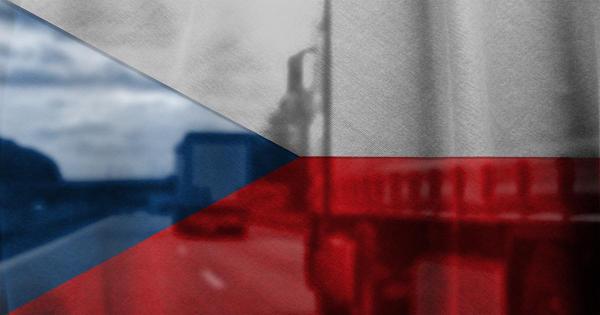
Czech Republic: Complete Closure of D8 Motorway from October 2
Between October 2 and 8, 2025, drivers can expect significant disruptions on the D8 motorway in the Czech Republic. The third and final phase of renovation works and modernization of technological systems in the Panenská and Libouchec tunnels will begin.
As a result, the section of the motorway between the 80th and 87th kilometer will be closed in both directions. Detour routes will be identical to those used in previous phases. The police report that additional patrols will be deployed on local roads to ensure traffic flow and safety.
❌ Detour from Germany (to the Czech Republic)
▪ Exit D8 at the 87th kilometer
▪ Route 248 through Petrovice
▪ Turn onto Route 528 towards Libouchec
▪ Proceed along section of Route I/13
▪ Rejoin D8 at the 80th kilometer
❌ Detour from the Czech Republic (to Germany)
▪ Exit D8 at the 80th kilometer
▪ Proceed along Route I/13 towards Varvažov
▪ Turn onto Route 248 towards Petrovice
▪ Rejoin D8 at the 87th kilometer
At four key intersections, road police patrols will be present, additionally supported by a mobile unit. Their tasks will include: supervising compliance with temporary traffic signs, directing traffic in case of congestion, ensuring safety on the detour routes. Additionally, to improve traffic flow:
◾ Information boards have been installed at the Petrovice intersection for vehicles coming from Germany
◾ On two critical uphill sections towards Petrovice, the road surface has been roughened to minimize the risk of wheel slippage for heavy vehicles and the formation of traffic jams
The police urge truck and car drivers to follow the regulations and traffic signs. Wherever possible, it is recommended to choose alternative border crossings on the Czech–Germany route, as traffic congestion may occur on the detour routes.
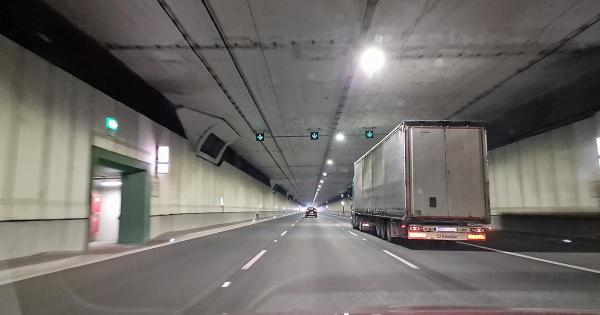
Traffic Disruptions and Detours on A4 Zgorzelec–Dresden. Tunnel Closed on Wednesday, October 1
On Wednesday, October 1, 2025, drivers will face major disruptions on the A4 motorway in Saxony.
Autobahn GmbH des Bundes (Eastern Branch) has announced a complete closure of the Königshainer Berge tunnel in both directions – toward Dresden and Görlitz – due to essential maintenance work. The closure will apply to both lanes in the currently operational section with two-way traffic. It will be in effect from 07:00 until approximately 16:00.
During the closure, marked detours will be in place – from the Nieder Seifersdorf interchange (92) to the Kodersdorf interchange (93) and in the opposite direction. The Königshainer Berge tunnel is an important point along the route between Zgorzelec and Dresden, and drivers using the A4 motorway on the German side should expect significant disruptions.
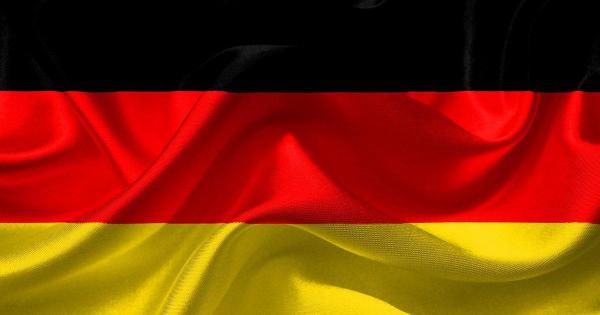
Germany: Autumn closures of the A7 tunnel in Hamburg
Drivers will face significant disruptions on the A7 motorway in the Hamburg area. The most important tunnel in northern Germany, the Elbtunnel, will be completely closed on several dates in autumn 2025. The restrictions will apply to the section between Hamburg-Stellingen and Hamburg-Heimfeld.
According to Autobahn GmbH, the closures are due to the installation of new gantries with road signs and the modernization of the tunnel’s traffic control system, which will be equipped with new software.
Tunnel closure dates:
❌ September 26-29
❌ October 17-20
❌ November 7-10
❌ December 5-8
Each closure will last 55 hours and affect both traffic directions. Work will begin on Friday at 10:00 p.m. and finish on Monday at 5:00 a.m. During this period, a detour will be in place via the A1 and A21 motorways and the B205 road. Drivers should allow extra travel time and expect possible congestion on the alternative routes.
In addition to the Elbtunnel, the Stellingen tunnel will also be closed on the following dates:
❌ November 14-17 – 55 hours
❌ December 6-7 – 12 hours (overnight closure).
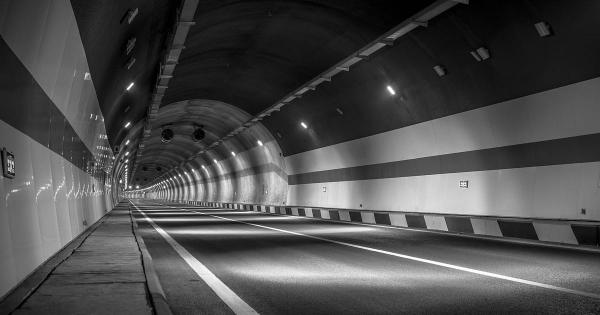
Belgium: Night Closures of the Liefkenshoek Tunnel
Truck drivers planning to pass through the Liefkenshoek Tunnel (R2, Antwerp) should expect night-time disruptions.
The operator has announced maintenance works that will require the complete closure of traffic in the tunnel on two dates:
❌ Thursday, 4 September 2025 – closure towards Ghent/Beveren
❌ Friday, 5 September 2025 – closure towards the Netherlands/Stabroek
In both cases, entry to the tunnel will not be possible from 9:00 p.m. until 5:00 a.m. the following day. Alternative routes have been prepared for the duration of the works. Drivers are requested to follow the signage and instructions on site.
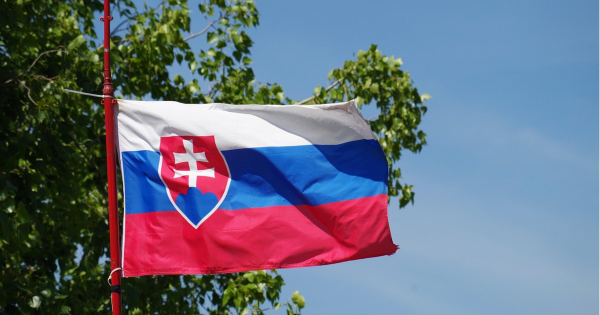
Slovakia: Exemption from the truck driving ban on 29 August
The Presidium of the Slovak Police has considered the request of the Road Carriers Association of the Slovak Republic, CESMAD Slovakia, and grants a general exemption from the driving ban for trucks over 7.5 tonnes GVW on 29 August 2025.
The exemption applies to all heavy goods vehicles on motorways, expressways, first-class roads, and roads designated for international traffic, entering the territory of the Slovak Republic from certain neighbouring countries, provided that their destination (e.g. vehicle base or unloading site) is located within the territory of the Slovak Republic.
The granting of the exemption does not affect the authority of a police officer to prohibit a driver from continuing the journey for the necessary time or to order a specific direction of travel in accordance with § 69 para. 1 (a) of the Act, if required for the safety or smooth flow of road traffic.
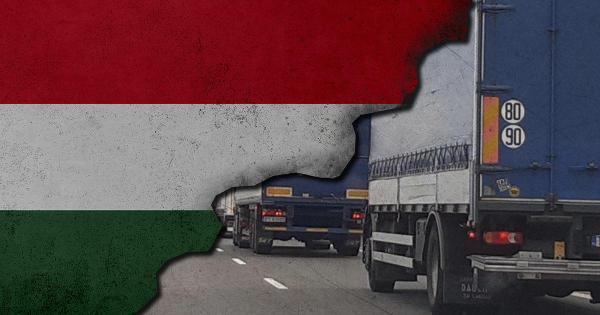
Hungary Eases Truck Driving Ban – Drivers Gain a Nighttime Window
At the request of MKFE, the Ministry of Construction and Transport has introduced a nighttime free passage window as part of the truck driving ban for St. Stephen’s Day. This means that restrictions on heavy goods vehicles will not begin tonight (Tuesday), but only on Wednesday, August 20, 2025, at 06:00 a.m.
The shortened truck ban period in Hungary will be as follows:
✅ August 20, 2025 (Wednesday) from 06:00 a.m. to 10:00 p.m.
(the ban applies to all heavy goods vehicles with a maximum permissible total weight over 7.5 tons).
According to the ministry, this measure is intended to ensure the continuity of supply chains and reduce the risk of spoilage of perishable goods. It also provides hauliers with greater flexibility in transport planning.
MKFE has long been advocating for the introduction of a permanent nighttime passage window every weekend from 10:00 p.m. to 06:00 a.m., which would allow trucks over 7.5 tons GVW to operate during hours of minimal passenger car traffic. Although general regulations have not yet been amended, this year’s St. Stephen’s Day ban will follow this model.
General exemptions from truck bans in Hungary
During truck driving bans (so-called kamionstop), the following vehicles are fully exempt:
▪️ those transporting live animals,
▪️ fresh milk and dairy products,
▪️ fresh or frozen meat and meat products,
▪️ fresh bakery products,
▪️ perishable foodstuffs,
▪️ eggs,
▪️ fresh, unprocessed vegetables and fruit,
▪️ cereals and cereal products,
▪️ as well as empty vehicles traveling to loading points or returning from unloading (if originally designed for transporting such goods).
 In addition, trucks returning from abroad may, in July and August, travel from the state border to the company’s base in Hungary or to the first unloading location, even during the truck driving ban. However, during weekend or holiday restrictions, they are not permitted to use the following 19 road sections:
In addition, trucks returning from abroad may, in July and August, travel from the state border to the company’s base in Hungary or to the first unloading location, even during the truck driving ban. However, during weekend or holiday restrictions, they are not permitted to use the following 19 road sections:
a) M7 motorway – entire length
b) National Road 2 – from Budapest to km 39+150, and Road M2 – from the junction with Roads 2 and 12 to Parassapuszta
c) Expressway 2/A – entire length
d) National Road 6 – between Dunaújváros and Budapest
e) National Road 7
f) National Road 10 – between Dorog and Budapest
g) National Road 11 – between Esztergom and Budapest
h) National Road 12 – entire length
i) Road 1201 – entire length
j) National Road 51 – between the junction with Road 510 and Dömsöd
k) National Road 71 – entire length
l) National Road 76 – between the junctions with Roads 71 and 7, and between Zalaapáti and Road 71
m) National Road 55 – between Alsónyék and Baja
n) National Road 82 – from Road 8 to Veszprémvarsány
o) National Road 84 – from Sümeg to Road 71
p) National Road 33 – from Dormánd to Debrecen
q) National Road 86 – between Jánossomorja and Nemesbőd, and between Körmend and Zalabaksa
r) National Road 37 – between Miskolc and Sátoraljaújhely
s) National Road 38 – between the junction with Road 37 and Rakamaz
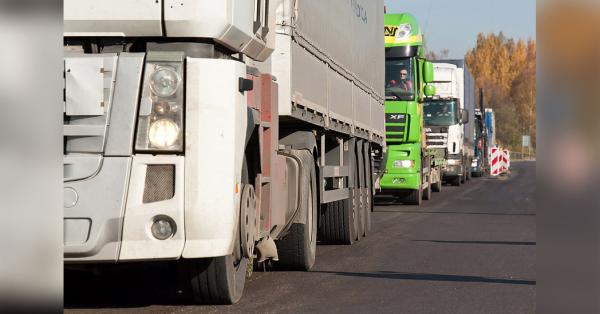
A46 in Germany closed in both directions ➡ detours in place
Drivers traveling through North Rhine-Westphalia this coming weekend should prepare for major disruptions. Due to construction work in the Wuppertal-Cronenberg area, the A46 motorway will be completely closed in both directions between the Sonnborner Kreuz interchange and the Wuppertal-Cronenberg exit.
The closure will be in effect from Friday, 25 July 2025 at 9:00 p.m. until Monday, 28 July 2025 at 5:00 a.m.
Alternative detour routes will be in place during the closure:
❌ so-called red dot routes (signposted detours via lower-category roads),
❌ broader detours using the surrounding motorway network.
The works are part of an infrastructure modernization and the expansion of the traffic junction in Wuppertal. The closure affects one of the key sections of the A46, a major east–west connection in the region, so increased traffic volumes are expected on the detour routes.
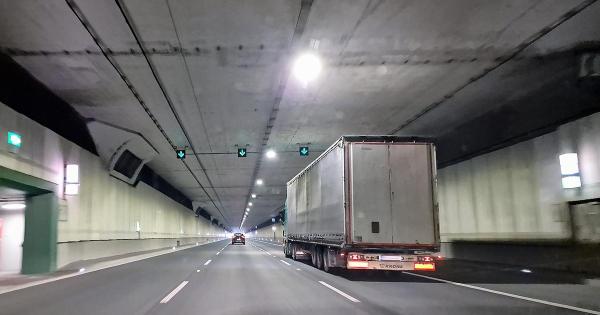
Mont Blanc Tunnel Closed for Over 3 Months
From Monday, 1 September at 17:00 until Friday, 12 December at 17:00, the Mont Blanc Tunnel will be completely closed to traffic. The closure is due to work associated with the second phase of the test renovation of the tunnel vault.
The works will cover two sections with a total length of 254 metres and constitute a continuation of the first test phase carried out in autumn 2024. Due to the nature of the work, the tunnel geometry, and the necessity to dismantle all technological infrastructure in the work zones, even temporary passage will not be possible. Autumn was chosen as the period least disruptive for tourism and the local economy.
The Mont Blanc Tunnel, now 60 years old, is the first major European tunnel to undergo such an advanced renovation, involving both the vault and the sub-roadway structure. The test works in 2024 and 2025 aim to determine the best methods for the tunnel’s further renovation.
It is estimated that around 90% of trucks will be diverted towards the Fréjus Tunnel, while light vehicles will be split, depending on their travel direction, between Grand-Saint-Bernard, Fréjus, and alpine passes.
The validity of all subscriptions (for 10 or 20 trips) that are active on the day the full closure begins (1 September 2025) will be automatically extended by 4 months. The extension will occur automatically, so no application will be required.
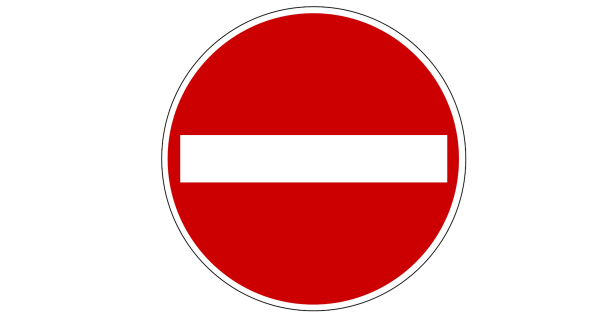
Traffic Disruptions on the S1 Route – Laliki Tunnel Temporarily Closed
Drivers traveling on the S1 expressway toward the Zwardoń border crossing should prepare for significant traffic disruptions. The road tunnel in Laliki will be temporarily closed to traffic, and detours will be in place for both passenger cars and heavy goods vehicles.
The disruptions will begin on July 21, 2025, at 06:00 and will continue until August 18, 2025, at 06:00. During the closure period, traffic will be redirected to designated detour routes. Drivers are advised to exercise particular caution and follow temporary road signage.
➡️ Heavy goods vehicles will be redirected to other border crossings. The recommended detour route for freight traffic is via Cieszyn.
➡️ Passenger vehicles will be diverted along a local road through the center of Laliki, using the former DK69 route (now a municipal road) between the Rajcza and Laliki interchanges.